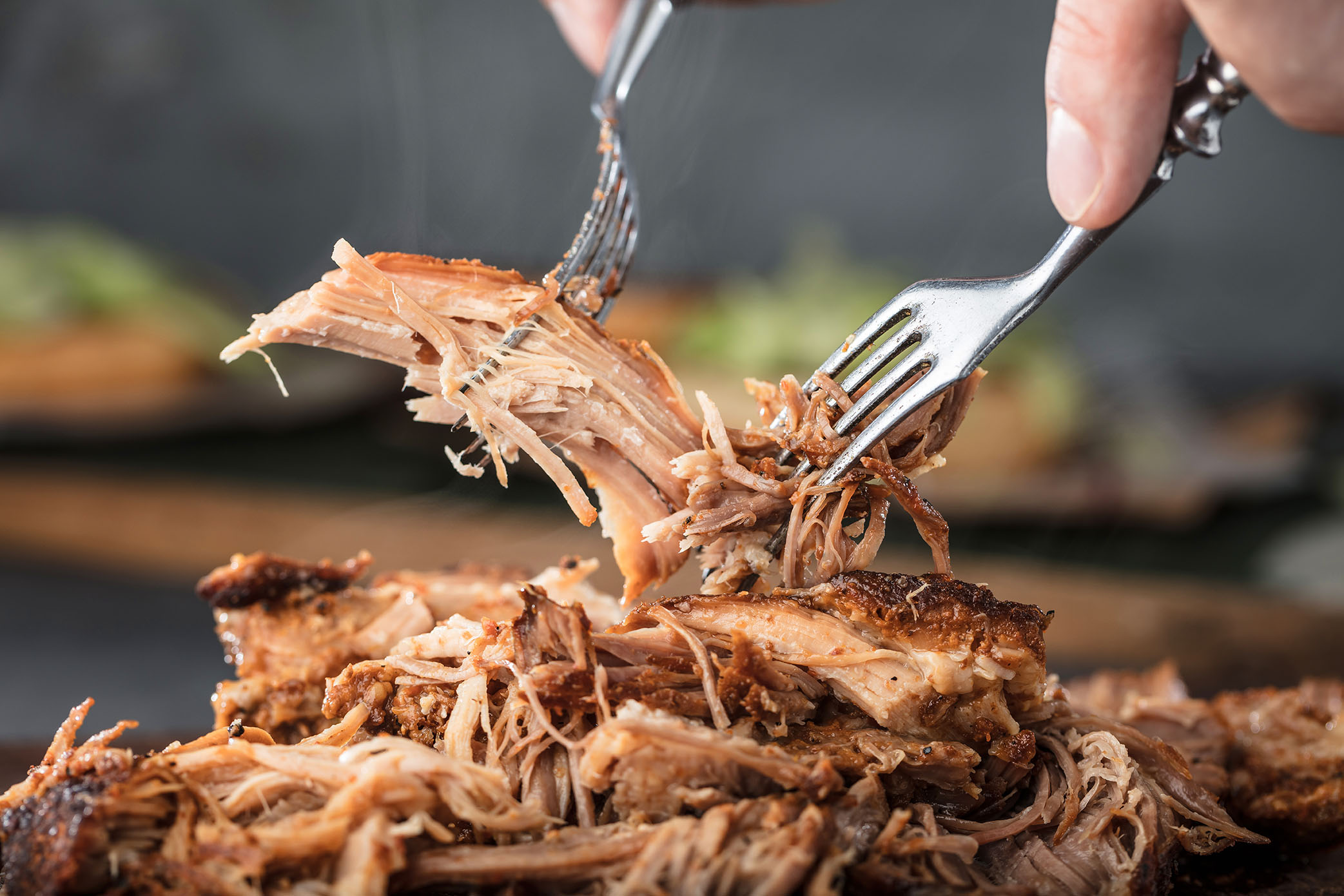
Long days, hot temperatures, and family gatherings will soon return to America’s backyards. Also returning are traditions, like roasting a whole pig. Roasting a pig takes a lot of planning before, during, and after the meal to ensure food safety. Over the past few years, there have been foodborne illness outbreaks associated with pig roasts in several states.
When purchasing a pig, here are some tips:
- Buy your pig from a reputable supplier.
- Have the supplier wrap it in plastic to contain the juices.
- Use ice to keep the pig cold during transport and until it is time to cook.
- If you can’t keep it refrigerated or on ice, pick it up just before you are ready to cook.
Cooks should follow the four food safety steps:
- Clean: Anything that comes into contact with the whole pig should be washed with hot soapy water afterward (hands, utensils, and surfaces).
- Separate: Use different cutting boards when preparing meat, vegetables, and ready-to eat-food. Don’t cross-contaminate.
- Cook: The recommended minimum internal temperature of pork products is 145 degrees Fahrenheit with a 3-minute rest time. Check the internal temperature with a food thermometer in several places. Don’t have a food thermometer? Call the USDA Meat and Poultry Hotline at 1-888-MPHotline (1-888-674-6854) to get a free one. Serve the meat you carve within 1-2 hours.
- Chill: After you serve your guests, remove remaining portions from the cooked pig, pack them into shallow containers, and refrigerate within 1-2 hours.
For questions about food safety, contact the USDA’s Meat and Poultry Hotline at 1-888-MPHotline (1-888-674-6854) to talk to a food safety expert or chat live at ask.usda.gov from 10 a.m. to 6 p.m. Eastern Time, Monday through Friday.

